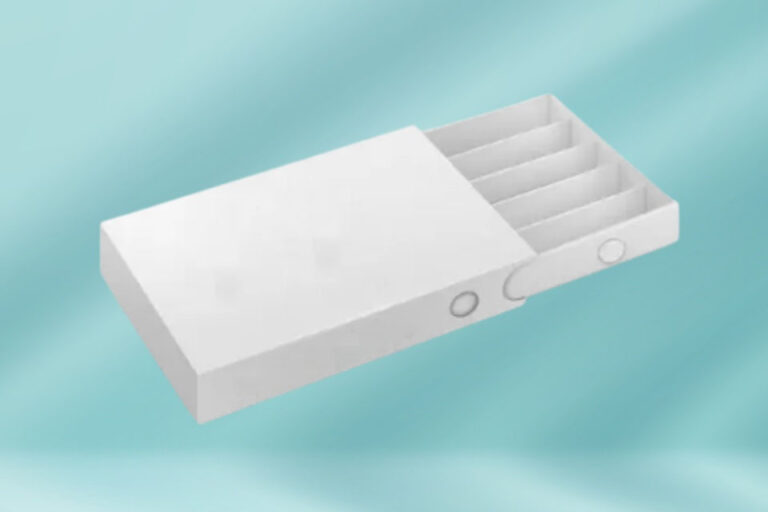-
Gushu Industrial Zone Xixiang Street, Bao'an District, Shenzhen

Five Digital Printing Methods Solves Cannabis Packaging Challenges
The cannabis market is expanding rapidly. About one third of US residents live in a state with access to recreational cannabis, and 37 states allow medical cannabis. In Canada and Mexico, marijuana is legal for medical and recreational uses nationwide while other nations are following suit. The cannabis requires a custom printing and packaging solution that can move at the speed of this emerging market.
The cannabis sector is among the fastest-growing markets in The United States and Canada. Today, nearly one-third of united state homeowners stay in a state where recreational marijuana is legal, and 37 states currently enable clinical use. Canada and Mexico have actually gone even better, legislating cannabis across the country for both entertainment and medicinal purposes– and more countries are following their lead.
With this fast growth comes a pushing requirement for custom-made marijuana packaging that can stay up to date with market demand, adhere to complex policies, and attract different kinds of consumers. This is where digital printing stands apart– offering the versatility, rate, and accuracy that the market needs.
Table of Contents
The One-of-a-kind Obstacle of Marijuana Labeling
Marijuana product packaging requirements are a lot more complicated than a lot of markets. Every area has its very own regulations regarding labeling, style, and even visual appeal.
In Canada, product packaging has to be plain and unappealing to youngsters, while in parts of the United States, edibles and vape items can feature vivid, branded styles. This variation makes automation of labels almost impossible.
Even within the same brand, products differ widely. A grower may package numerous pressures– such as Sativa, Indica, or hybrid– each with unique THC and CBD degrees that must be provided on the label. Conventional printing methods can’t adapt rapidly enough, forcing packagers into lengthy arrangement times and high expenses.
To stay competitive, cannabis brands need a printing process as vibrant as their line of product. That’s where electronic printing can be found in.

1. Variable Information Printing for Conformity and Clearness
One of electronic printing’s greatest strengths is its capability to deal with variable data efficiently. In cannabis packaging, this implies being able to print key item information– like THC and CBD portions, strain names, and batch numbers– while preserving a regular general design.
For instance, a brand name can run 5,000 tags in one set, yet each label can show different stress data or potency information. This flexibility aids packagers stay compliant with regional regulations and ensures customers receive exact, transparent info concerning every item.
2. No Maker Setup– Faster Turnaround, Lower Expenses
Traditional printing typically needs hours or perhaps days of setup time– a pricey delay for fast-moving marijuana companies. Digital printing gets rid of that obstacle totally.
As soon as the artwork is authorized, printing can start immediately. This indicates new products, upgraded labels, or regulation changes can be carried out as needed without stopping production. The outcome? Faster market entry, minimized labor, and much more agility– three critical advantages for any type of cannabis brand.

3. High-Quality Video for Professional Branding
Digital printing opponents offset printing in image quality, delivering dynamic colors, smooth slopes, and detailed plant imagery. Unlike standard methods, it doesn’t require experienced plate-making or pricey tooling.
Even small-batch producers can accomplish premium-grade graphics, aiding store cannabis brand names complete visually with nationwide players. Digital printing equalizes accessibility to luxury product packaging without luxury expenses.
4. Targeted Advertising Made Simple
Cannabis consumers are diverse– from wellness-focused medical users to recreational fanatics. With digital printing, brand names can conveniently customize product packaging for every audience and region without creating massive supplies.
Required different layouts for California, Nevada, and Colorado? Or distinctive packaging for edibles versus tinctures? Digital printing permits short, targeted runs, decreasing waste and making it possible for brands to pivot swiftly as guidelines and trends advance.
This capability to customize packaging boosts customer interaction and develops more powerful brand commitment across markets.
5. Integrated Product Packaging Layout– Tag and Cram In One
One more effective advantage of electronic printing is that it can change standard labeling completely. By incorporating printing straight onto adaptable packaging, brand names can generate customized designs on the exact same substratum– eliminating separate tag application.
This versatility allows packagers to make use of one base package style while publishing distinct graphics or governing data for each and every SKU. It also makes best use of existing investments in converting equipment by just retrofitting digital printing capabilities.

Lasting Advantages of Digital Printing
Past rate and high quality, electronic printing supports sustainability objectives– an essential variable for marijuana customers.
Digital presses send out less carbon monoxide two than traditional printers. Water-based inks lower chemical waste and water air pollution. No printing layers ways less worldly waste. Short-run printing decreases excess supply and putridity. Combined with flexible product packaging products, which use less sources and occupy less delivery area, digital printing provides a path toward greener marijuana product packaging. As technologies in recyclable and compostable substratums continue, marijuana brands can even more straighten their operations with environmental values.
Last Thoughts
In a sector defined by quick development, varied guidelines, and developing consumer expectations, typical printing simply can not keep up. Digital printing gives a contemporary service– one that makes it possible for rate, flexibility, conformity, and sustainability.
From variable data to on-demand modification, digital printing encourages cannabis brands to stay nimble and future-ready. For packagers, it’s not simply a technology upgrade– it’s a strategic investment in performance, branding, and ecological duty.
Comments
ASTM D3475 biodegradable pre roll packaging Bulk Wholesale Packaging cannabis branding cannabis packaging cannabis packaging compliance cannabis packaging manufacturer cannabis packaging wholesale Cheap Cannabis Packaging child-resistant child-resistant packaging child resistant cannabis packaging child resistant packaging child resistant pre roll packaging China packaging manufacturer Concentrate Container Packaging concentrate containers custom cannabis packaging custom pre-roll packaging custom pre roll boxes custom vape boxes Dispensary Packaging eco friendly packaging ISO 8317 marijuana packaging OEM/ODM OEM/ODM cannabis packaging OEM/ODM Wholesale OEM cannabis packaging OEM ODM Cannabis Packaging OEM ODM Packaging paper tube packaging pre-roll packaging Pre Roll Packaging sustainable cannabis packaging Sustainable Packaging Sustainable Vape Packaging tamper-evident Tamper-Evident Packaging TPD compliance Vape Cartridge Boxes vape cartridge packaging wholesale cannabis packaging Zhibang Zhibang China factory



